Technological Advancements
The Lithography Ink Market is experiencing a surge in technological advancements that enhance printing quality and efficiency. Innovations in ink formulations, such as the development of UV-curable inks, are gaining traction. These inks offer faster drying times and improved adhesion, which are crucial for high-speed printing processes. Furthermore, advancements in digital printing technologies are influencing the lithography sector, as they allow for more precise and vibrant color reproduction. According to recent data, the demand for high-performance inks is projected to grow at a compound annual growth rate of approximately 5% over the next five years. This trend indicates a shift towards more sophisticated printing solutions, thereby driving the growth of the Lithography Ink Market.
Rising Demand for Packaging Solutions
The Lithography Ink Market is significantly influenced by the increasing demand for packaging solutions across various sectors. As consumer preferences shift towards attractive and sustainable packaging, manufacturers are compelled to invest in high-quality lithography inks that can deliver vibrant colors and intricate designs. The packaging sector, particularly in food and beverage, cosmetics, and pharmaceuticals, is projected to expand, with a notable increase in the use of lithographic printing techniques. Market data suggests that the packaging segment accounts for nearly 40% of the total ink consumption, highlighting its critical role in the Lithography Ink Market. This rising demand is likely to propel the development of innovative ink products tailored for packaging applications.
Growth of E-commerce and Online Retail
The Lithography Ink Market is witnessing growth driven by the expansion of e-commerce and online retail. As more businesses transition to online platforms, the demand for packaging and labeling solutions has surged. This trend necessitates high-quality lithography inks that can withstand the rigors of shipping and handling while maintaining visual appeal. Data indicates that the e-commerce sector is expected to grow by over 15% in the coming years, leading to increased demand for printed materials such as shipping labels, product packaging, and promotional materials. Consequently, this growth in e-commerce is likely to bolster the Lithography Ink Market, as companies seek reliable ink solutions to enhance their branding and customer experience.
Customization and Personalization Trends
The Lithography Ink Market is also being driven by the rising trends of customization and personalization in printing. Consumers increasingly seek unique and tailored products, prompting manufacturers to adopt lithographic printing techniques that allow for greater flexibility in design and production. This trend is particularly evident in sectors such as textiles, packaging, and promotional materials, where personalized designs can significantly enhance consumer engagement. Market analysis suggests that the demand for customized printing solutions is growing at a rate of approximately 6% annually. This shift towards personalization not only enhances customer satisfaction but also drives innovation in ink formulations and printing technologies within the Lithography Ink Market.
Environmental Regulations and Sustainability
The Lithography Ink Market is increasingly shaped by stringent environmental regulations and a growing emphasis on sustainability. Manufacturers are under pressure to develop eco-friendly inks that comply with regulations regarding volatile organic compounds (VOCs) and other harmful substances. The shift towards sustainable practices is prompting companies to invest in research and development of bio-based inks and recyclable packaging materials. Recent statistics indicate that the market for sustainable inks is expected to grow by over 7% annually, reflecting a broader trend towards environmentally responsible printing solutions. This focus on sustainability not only meets regulatory requirements but also aligns with consumer preferences, thereby driving growth in the Lithography Ink Market.


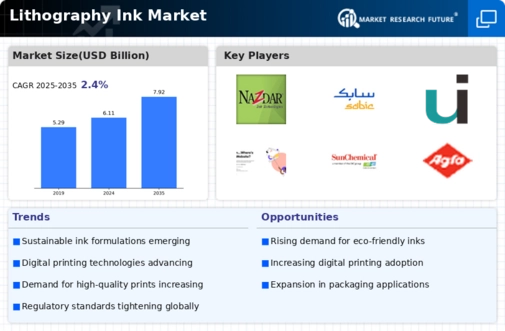
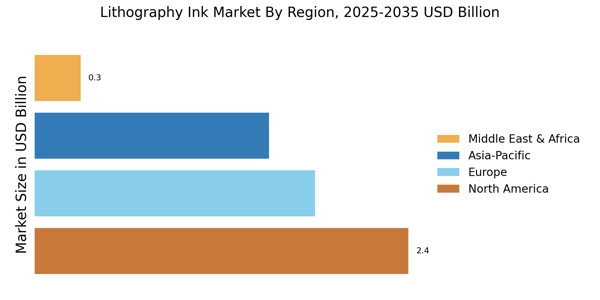
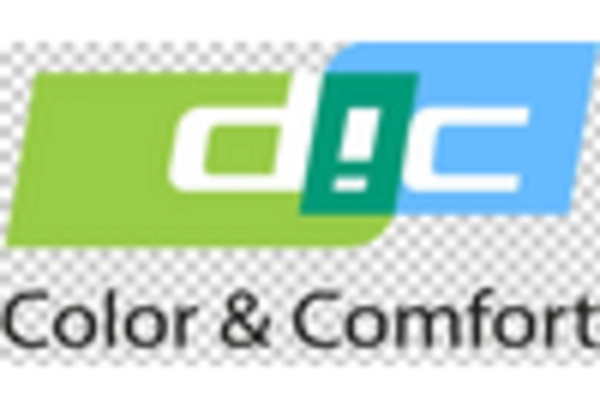
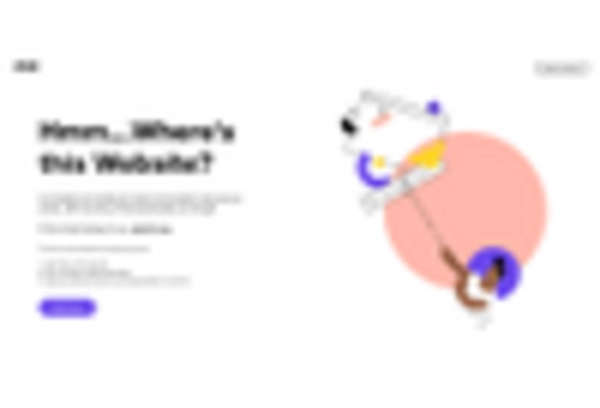
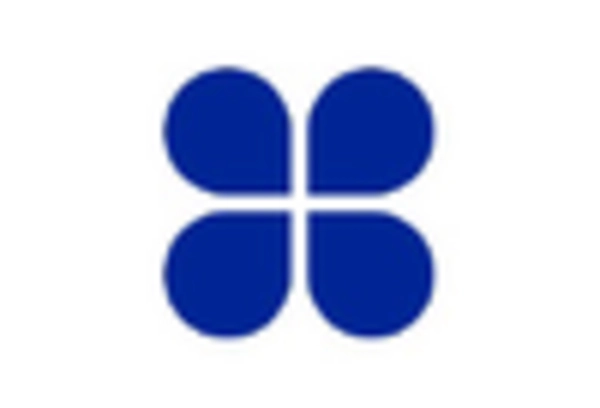
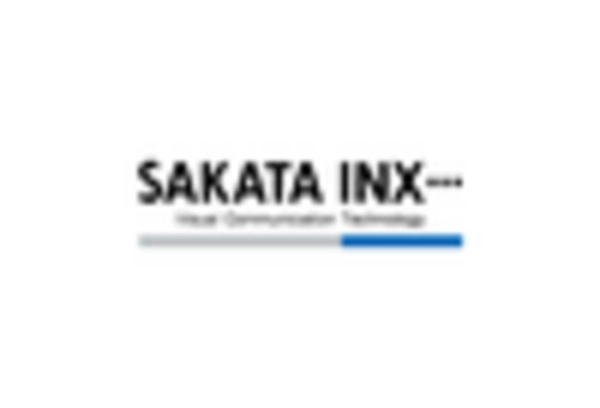

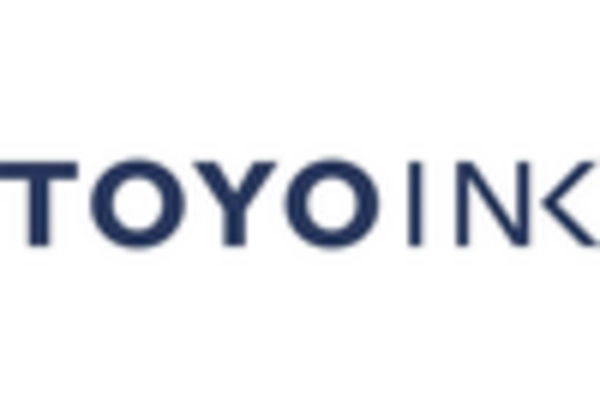








Leave a Comment